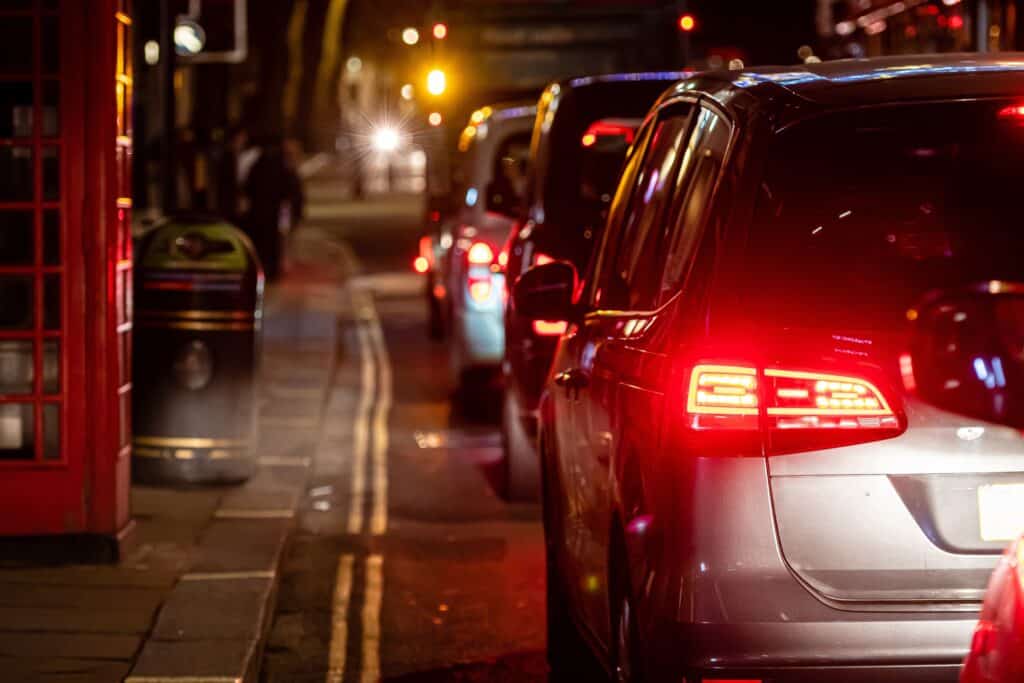
Should LED Headlights Be Regulated More Strictly?
Dazzling LED headlights are becoming a significant hazard for drivers, according to recent research.
It’s led to questions over whether tighter regulation on the brightness of LED lights on cars and vehicles should be implemented in the UK.
As well as brightness, restrictions on height and a mandatory automatic levelling could help protect other drivers, according to the study.
Given the increase in larger SUV vehicles on the road, many drivers are reporting that the height of LED headlights (as well as the brightness) means it’s directly in their vision when vehicles are oncoming, causing many to be dazed.
Are LED Headlights A Serious Safety Hazard?
A poll of drivers found that 76% have been blinded by the headlights of oncoming vehicles, with more than half being dazzled by headlights from vehicles behind them.
Even brake lights are an issue for some drivers, with 26% saying they’ve been blinded in stationary traffic and 17% in moving traffic.
There are several factors that are causing drivers to be dazzled by headlights, including:
- The angle at which the headlights are seen
- The increased power of LED technology in headlights
- The different way in which the human eye perceives blue light from LEDs compared to yellow halogen lights
Additionally, two-thirds of drivers who are struggling with oncoming headlights say it’s happening more frequently, while 64% also believe they’re at an increased risk of collisions because of it.
Are There Any Plans For Increased LED Regulation On Vehicles?
While there’s not currently any concrete plans for new regulation on LED lighting on vehicles, more research is being conducted into the issues that drivers are facing.
Given that being unable to see for just 1 second while driving at 60mph would see the vehicle travel 13 metres, it’s clear that it’s a potential hazard.
The issue appears to be a combination of the angle of the headlight beams, the power of the headlights and how drivers use the headlights (whether that’s full beam or dipped).
And the research seems to reflect that, with 61% of drivers in lower vehicles saying they’ve experienced issues with headlight glare from taller vehicles, while just 28% of drivers of taller vehicles have reported issues.
This could mean a disparity in the relative chances of headlight glare causing issues depending on the type of vehicle you’re driving – for example, it appears that an HGV driver shouldn’t experience many (if any) issues…
But someone in a smaller van, hatchback, or estate could experience headlight glare from that very HGV.
What Do The Guidelines Say?
The regulations that oversee lighting on vehicles are decided by the United Nations, with the government in the UK having input on those decisions.
Of course, there is scope for the government to introduce specific legislation around the brightness of lighting on vehicles, as well as the height and mandatory automatic levelling…
But the likelihood is it will take a significant amount of research before widespread changes are considered, given that changes usually come through the UN.
Have you found yourself having issues with headlights or brake lights on oncoming vehicles or stationary vehicles? Do you think new legislation around LED lighting on vehicles should be introduced? Let us know in the comments below.

